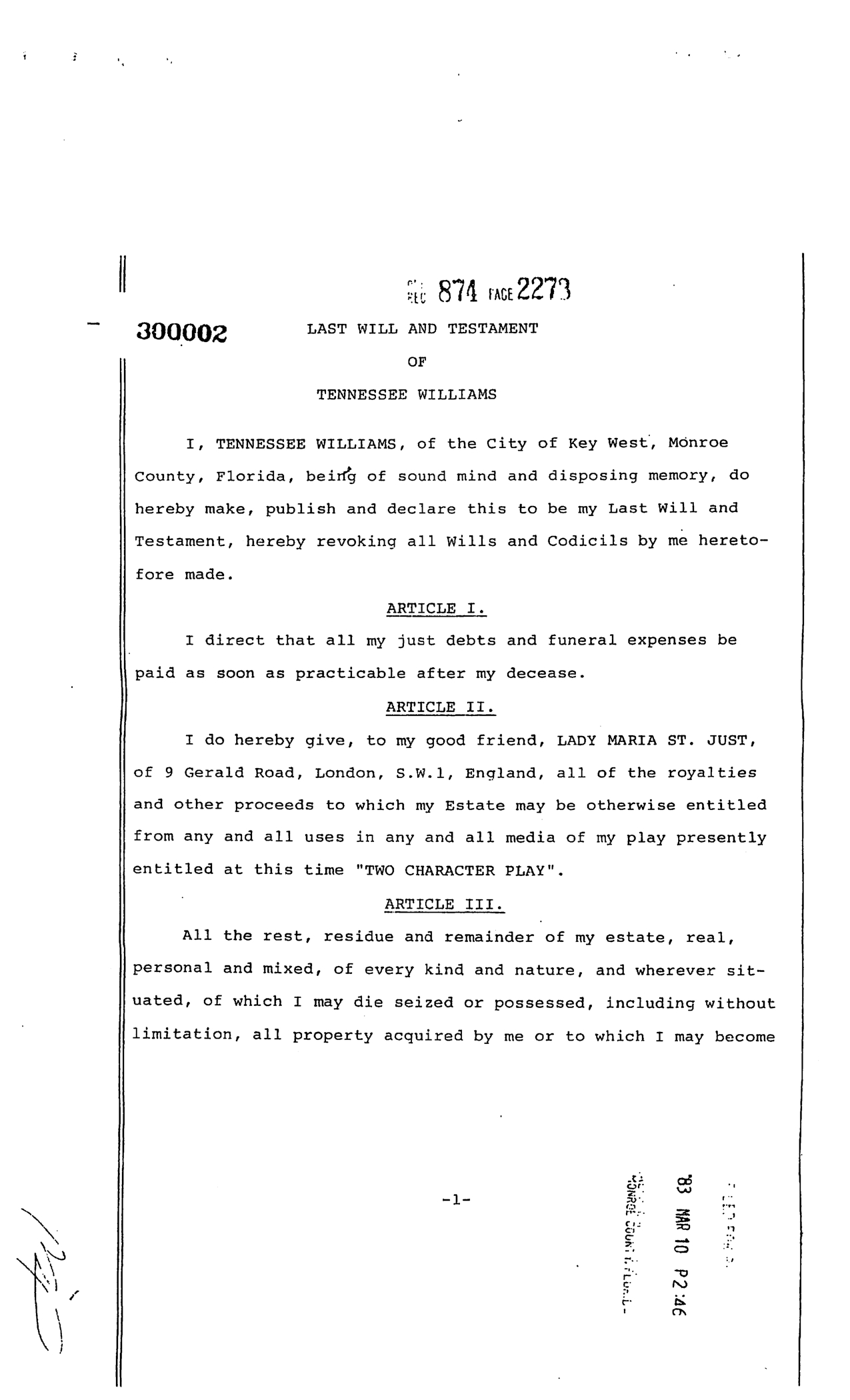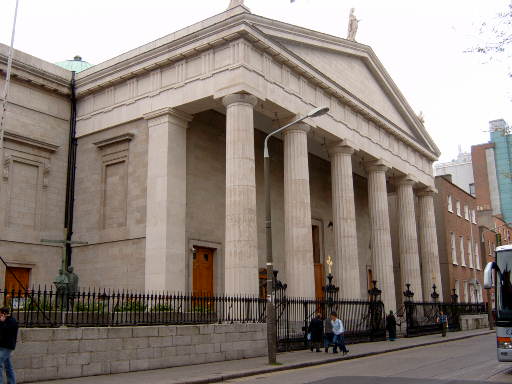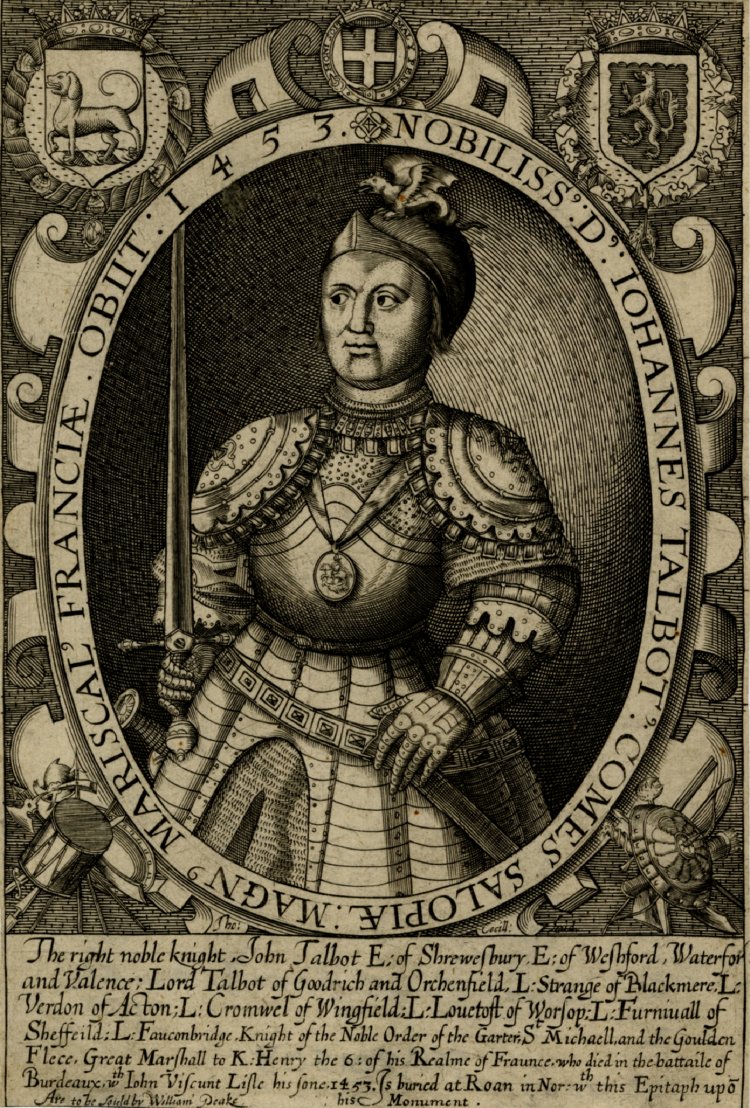|
Laurence Merbury
Sir Laurence Merbury (died after 1423) was an English-born statesman in Ireland who held the office of Treasurer of Ireland and was also Deputy to the Lord Chancellor of Ireland. Family He was born at Marbury, Cheshire, one of the three sons of Sir Thomas Merbury, who also had estates in Nottinghamshire. The Talbot family, who gained the title Earl of Shrewsbury, were Lords of the Manor of Marbury. Laurence was always a staunch supporter of the Talbots in politics. He was the brother of John Merbury (died 1437), MP for Herefordshire (UK Parliament constituency), Herefordshire and of Nicholas Merbury (died 1421), Master General of the Ordnance and Chief Butler of England. Laurence served as High Sheriff of Cheshire in 1412. He appears to have enjoyed royal favour as early as 1399, being described as a "retainer for life" of the English Crown. His brother Nicholas on the other hand was seen as hostile to King Henry IV of England, Henry IV in the first years of his reign, but ... [...More Info...] [...Related Items...] OR: [Wikipedia] [Google] [Baidu] |
Treasurer Of Ireland
The Lord High Treasurer of Ireland was the head of the Exchequer of Ireland, and chief financial officer of the Kingdom of Ireland. The designation ''High'' was added in 1695. After the Acts of Union 1800 created the United Kingdom of Great Britain and Ireland, the Consolidated Fund Act 1816 merged the Irish Inferior Exchequer into the British Treasury with effect from 1817. The act also mandated that the post of Lord High Treasurer of Ireland could only be held together with the post of Treasurer of the Exchequer, with the person holding both being Lord High Treasurer. If no person is appointed to the combined positions, then the Lord High Treasurer of Ireland is placed in commission and represented by the Lords Commissioners of the Treasury, as has been the case continuously since 1816. The Superior Irish Exchequer, or Court of Exchequer, remained, led by the Chief Baron of the Irish Exchequer. Lord Treasurers of Ireland 1217–1695 *1217–1232: John de St John, Bishop ... [...More Info...] [...Related Items...] OR: [Wikipedia] [Google] [Baidu] |
Indicted
An indictment ( ) is a formal accusation that a person has committed a crime. In jurisdictions that use the concept of felonies, the most serious criminal offense is a felony; jurisdictions that do not use that concept often use that of an indictable offence, which is an offence that requires an indictment. Australia Section 80 of the Constitution of Australia provides that "the trial on indictment of any offence against any law of the Commonwealth shall be by jury". The High Court of Australia has consistently used a narrow interpretation of this clause, allowing the Parliament of Australia to define which offences proceed on indictment rather than conferring a universal right to a jury trial. Section 4G of the ''Crimes Act 1914'' provides that "offences against a law of the Commonwealth punishable by imprisonment for a period exceeding 12 months are indictable offences, unless the contrary intention appears". Canada A direct indictment is one in which the case is sent direct ... [...More Info...] [...Related Items...] OR: [Wikipedia] [Google] [Baidu] |
Baron Ferrers Of Chartley
The title Baron Ferrers of Chartley was created on 6 February 1299 for John de Ferrers, son of Robert de Ferrers, 6th Earl of Derby. The daughter of the 6th Baron Ferrers of Chartley, Anne, married Walter Devereux who was summoned to parliament as Lord Ferrers in her right. Their descendants became Earls of Essex and the peerage was forfeited in 1601 on the attainder of Robert Devereux, 2nd Earl of Essex, but restored to his son Robert in 1604, on whose death in 1646 the peerage fell into abeyance. The abeyance was terminated in 1677 when Robert Shirley, a grandson of one of the sisters of the 3rd Earl of Essex, was summoned as Lord Ferrers of Chartley with precedence to the original creation. In 1711, Shirley was created the 1st Earl Ferrers, but the Earldom and Barony separated at his death, the barony going to Elizabeth Shirley, the daughter of his eldest son, while the earldom went to his second son. On the 1741 death of Elizabeth Shirley, 15th Baroness Ferrers of Chartley ... [...More Info...] [...Related Items...] OR: [Wikipedia] [Google] [Baidu] |
Lord Chancellor Of Ireland
The Lord High Chancellor of Ireland, commonly known as the Lord Chancellor of Ireland, was the highest ranking judicial office in Ireland until the establishment of the Irish Free State in 1922. From 1721 until the end of 1800, it was also the highest political office of the Irish Parliament; the Chancellor was Speaker of the Irish House of Lords. The Lord Chancellor was also Lord Keeper of the Great Seal of Ireland. In all three respects, the office mirrored the Lord High Chancellor of Great Britain. Origins There is a good deal of confusion as to precisely when the office originated. Until the reign of Henry III of England, it is doubtful if the offices of Irish and English Chancellor were distinct. Only in 1232 is there a clear reference to a separate Court of Chancery (Ireland). Early Irish Lord Chancellors, beginning with Stephen Ridell in 1186, were simply the English Chancellor acting through a Deputy. In about 1244 the decision was taken that there must be separate hold ... [...More Info...] [...Related Items...] OR: [Wikipedia] [Google] [Baidu] |
Walter Devereux (1411-1459)
Walter Devereux may refer to: * Walter Devereux (1173–c. 1197), Anglo-Norman nobleman *Walter Devereux of Bodenham and Bromwich, (c. 1221–1292), Anglo-Norman knight and sheriff of Herefordshire * Walter Devereux (c. 1266–1305), member of a prominent knightly family in Herefordshire * Walter Devereux (c. 1339–c. 1383), Member of Parliament, sheriff, and Justice of the Peace for Hereford * Walter Devereux (c. 1361–1402), MP for Herefordshire 1401 * Walter Devereux (1387–1419), knight of Herefordshire *Walter Devereux (1411–1459), Lord Chancellor of Ireland 1449–c. 1451 *Walter Devereux, 8th Baron Ferrers of Chartley (c. 1431–1485), son of the above, Yorkist politician and military officer during the Wars of the Roses * Walter Devereux (MP for Cardiganshire), MP for Cardiganshire, 1547 *Walter Devereux, 1st Viscount Hereford (1488–1558), grandson of the above, Custos Rotulorum of Cardiganshire from 1543 to 1558 *Walter Devereux, 1st Earl of Essex (1541–1576), grand ... [...More Info...] [...Related Items...] OR: [Wikipedia] [Google] [Baidu] |
Will And Testament
A will and testament is a legal document that expresses a person's (testator) wishes as to how their property (estate (law), estate) is to be distributed after their death and as to which person (executor) is to manage the property until its final distribution. For the distribution (devolution) of property not determined by a will, see inheritance and intestacy. Though it has been thought a "will" historically applied only to real property, while "testament" applied only to personal property (thus giving rise to the popular title of the document as "last will and testament"), records show the terms have been used interchangeably. Thus, the word "will" validly applies to both personal and real property. A will may also create a testamentary Trust (property), trust that is effective only after the death of the testator. History Throughout most of the world, the disposition of a dead person's estate has been a matter of social custom. According to Plutarch, the written will was i ... [...More Info...] [...Related Items...] OR: [Wikipedia] [Google] [Baidu] |
Chief Baron Of The Irish Exchequer
The Chief Baron of the Irish Exchequer was the Baron (judge) who presided over the Irish Court of Exchequer. This was a mirror of the equivalent court in England, and was one of the four courts which sat in the building in Dublin which is still called The Four Courts. The title Chief Baron was first used in 1309 by Walter de Islip. In the early centuries of its existence, it was a political as well as a judicial office, and as late as 1442 the Lord Treasurer of Ireland thought it necessary to recommend that the Chief Baron should always be a properly trained lawyer (which Michael Gryffin, the Chief Baron at the time, was not). There are two cryptic references in the Patent Rolls, for 1386 and 1390, to the Liberty of Ulster having its own Chief Baron. The last Chief Baron, The Rt Hon. Christopher Palles, continued to hold the title after the Court was merged into a new High Court of Justice in Ireland The High Court of Justice in Ireland was the court created by the ... [...More Info...] [...Related Items...] OR: [Wikipedia] [Google] [Baidu] |
James Cornwalsh
James Cornwalsh (died 1441) was an Irish judge who held the office of Chief Baron of the Irish Exchequer. He was a political figure of considerable importance in fifteenth-century Ireland, and a supporter of the Lord Lieutenant of Ireland, James Butler, 4th Earl of Ormond.Beresford, David "Cornwalsh, James ''Cambridge Dictionary of Irish Biography'' 2009 He was murdered as a result of a feud over the possession of Baggotrath Castle, near Dublin.Smith, J. Huband "The Castle and Manor of Baggotrath" (1856) ''Proceedings of the Royal Irish Academy (1836-1869)'' Vol.6 p.306 Family He was born in Ireland, the son of William Cornwalsh: as their name suggests, the Cornwalsh family had come to Ireland from Cornwall in the fourteenth century.Otway-Ruthven, A.J. ''History of Mediaeval Ireland'' Barnes and Noble 1993 p.115 The name has several alternative spellings, such as Cornwalysch and Cornwallis. He was probably descended from Sir John de Cornwall or Cornwaille, Constable of Carlow Cas ... [...More Info...] [...Related Items...] OR: [Wikipedia] [Google] [Baidu] |
Archbishop Of Dublin (Roman Catholic)
The Archbishop of Dublin () is the head of the Archdiocese of Dublin in the Catholic Church, responsible for its spiritual and administrative needs. The office has existed since 1152, in succession to a regular bishopric (subject to Canterbury, and within the wider jurisdiction of Glendalough) since 1028. The archdiocese is the metropolitan see of the ecclesiastical province of Dublin, and the archbishop is also styled the ''Primate of Ireland''. The cathedral church of the archdiocese is Saint Mary's Pro-Cathedral in Dublin city, although the Church formally claims Christ Church as its cathedral, and the archbishop's residence is Archbishop's House in Drumcondra. As of 2022, the incumbent ordinary is Dermot Farrell, who was installed on 2 February 2021. The office is not to be confused with a similar role in the Church of Ireland, though both claim a common descent from the head of the Norse Diocese of Dublin, appointed in 1028, and the elevation of the see in 1152. His ... [...More Info...] [...Related Items...] OR: [Wikipedia] [Google] [Baidu] |
Richard Talbot (archbishop Of Dublin)
Richard Talbot (c. 1390 – 15 August 1449) was an English-born statesman and cleric in fifteenth-century Ireland. He was a younger brother of John Talbot, 1st Earl of Shrewsbury. He held the offices of Archbishop of Dublin and Lord Chancellor of Ireland. He was one of the leading political figures in Ireland for more than thirty years, but his career was marked by controversy and frequent conflicts with other statesmen. In particular, the Talbot brothers' quarrel with the powerful Earl of Ormonde was the main cause of the Butler–Talbot feud, which dominated Irish politics for decades, and seriously weakened the authority of the English Crown in Ireland. Early life He was the third son of Richard Talbot, 4th Baron Talbot, and his wife Ankaret le Strange. His elder brothers were Gilbert Talbot, 5th Baron Talbot and John Talbot, 1st Earl of Shrewsbury. He seems to have entered the Church while he was still in his early teens. He became prebendary of Hereford Cathedral and ... [...More Info...] [...Related Items...] OR: [Wikipedia] [Google] [Baidu] |
John Talbot, 1st Earl Of Shrewsbury
John Talbot, 1st Earl of Shrewsbury, 1st Earl of Waterford, 7th Baron Talbot, KG (17 July 1453), known as "Old Talbot" and "Terror of the French" was an English nobleman and a noted military commander during the Hundred Years' War. He was the most renowned in England and most feared in France of the English captains in the last stages of the conflict. Known as a tough, cruel, and quarrelsome man, Talbot distinguished himself militarily in a time of decline for the English. Called "the English Achilles", he is lavishly praised in the plays of Shakespeare. The manner of his death, leading an ill-advised charge against field artillery, has come to symbolize the passing of the age of chivalry. He also held the subsidiary titles of 10th Baron Strange of Blackmere and 6th Baron Furnivall. Origins He was descended from Richard Talbot, the son of William "Le Sire" Talbot, whose estate (wife and infant son Hugh) was a tenant in 1086 of Walter Giffard at Woburn and Battlesden in Be ... [...More Info...] [...Related Items...] OR: [Wikipedia] [Google] [Baidu] |




